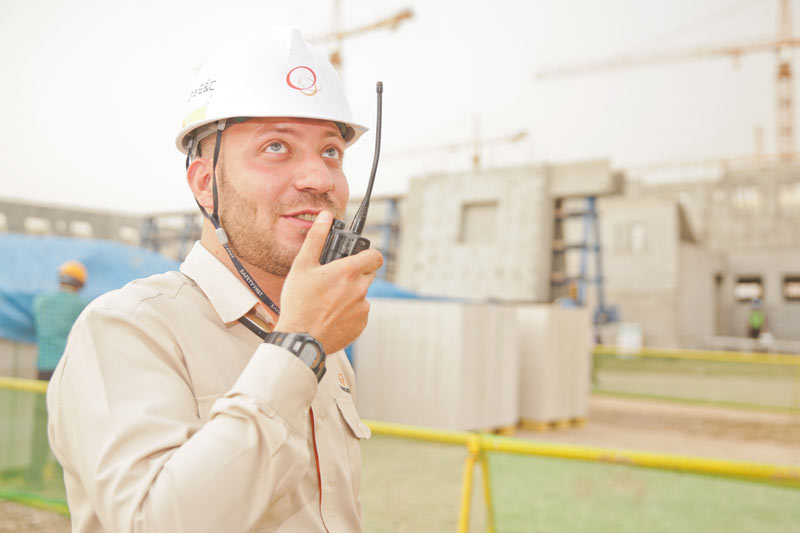Why Make the Switch to Digital Radios?

 Analog vs. Digital Radios – What’s the Difference?
Analog vs. Digital Radios – What’s the Difference?
Analog two-way radios have been in use for business applications for nearly a century, and have recently found popularity for personal use too. The emergence of digital radio technologies has allowed both technologies to flourish. But while the apex of innovation has been reached with analog technologies, the same cannot be said for digital radios. There are some distinct advantages that digital radios can offer over their predecessors.
Improved Coverage
Digital radio technology simply provides better coverage than analog is capable of achieving. By switching to digital, you can improve the coverage of your building or campus by approximately 25-30%, and eliminate dead spots and static. Digital radios use error correction to increase their range and improve clarity, leading to more reliable radio communication – and less that is lost in transmission.
Digital radios also have greater resistance to latent interference and other signal crossings, which are inherent transmission problems that are commonly encountered on analog systems.
Improved Battery Life
Batteries in digital radios last much longer than analog; in some instances, the difference is approximately 40% more life. Digital models, such as the XPR3500e and the XPR7550e, can achieve high-efficiency low-voltage battery for up to 29 hours of battery life.
The improved battery life is achieved because the digital circuitry is more energy-efficient and uses less power to transmit and receive messages. Digital radios also need fewer battery replacements than analog ones.
When you make the switch to digital radios, you can spend less time worrying about your battery dying, and more time focusing on getting the job done.
Clearer Audio
One of the most significant advantages that digital radio systems offer over its predecessor is the improved clarity. Noise-canceling options can dull background noises and static to ensure a better ability to hear clearly. This improvement makes it easier to understand the person talking on the radio and can result in faster communications and fewer repeated phone calls.
Some radios have an automatic volume control – such as the digital AGC found in the CP200d and the Intelligent Audio feature found in many other models, including the XPR3500e and XPR7550e. This built-in feature lets the radio automatically monitor for background noise, increasing the volume for loud environments. When the ambient noise becomes quiet again, the volume will automatically decrease.
Private/Direct Calling
With analog radios, only one two-way conversation can occur at a time on each channel. If another user wants to initiate a conversation at the same time, they must change to a different channel.
Digital radios offer more simultaneous talking paths, allowing users to talk privately with another radio user or to speak with a group all at once. Because of the increased number of paths, several users can discuss private information without having to change the channel. With this feature, the radio functions more like a cell phone or walkie-talkie for users during a private conversation. The flexibility that digital radios provide to users is something that the analog technologies simply can’t match.
Better Capacity
Since digital radios allow for the division of single-call channels, the capacity is doubled, ensuring greater efficiency of the RF spectrum. Ultimately, because more calls can occur using less frequency, users will experience a reduction in their FCC licensing costs.
Other Benefits
Making the switch to digital radio systems can also mean that you will experience many other benefits too. These benefits include:
- GPS-enabled
- Greater fleet control
- Compatibility with some analog systems
- Text messaging functionality
When assessing the benefits of going digital, it becomes clear that the investment in making the switch is well worth it. The greater functionality of digital radios allows your organization to experience greater efficiency, and in some instances, greater profits. Digital radios also minimize the potential for miscommunication that comes with poor coverage and crossed channels that frequently occur when using analog radios.
Many industries, including construction and energy production, have realized the benefits of switching to digital radio technology, and have largely made the transition. Moving forward, the trend toward increased digital adoption will likely continue as the benefits of this technology become more apparent to a greater number of industries. No matter what your unique communication needs are, digital radios can provide for an ideal solution. Ultimatley, they can also be customized to perform optimally in your environment despite any challenges that may be present.
